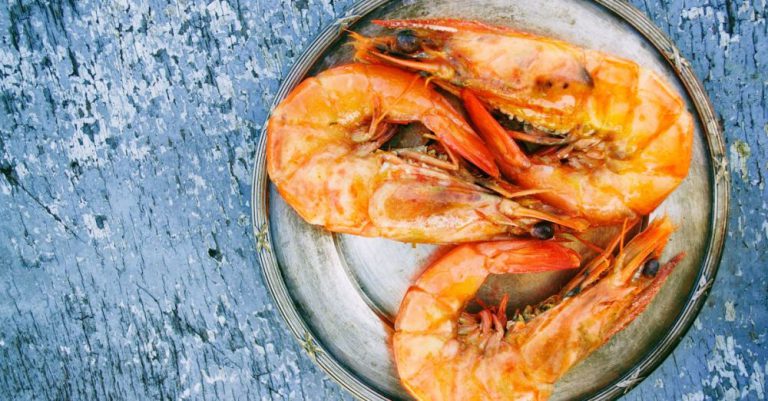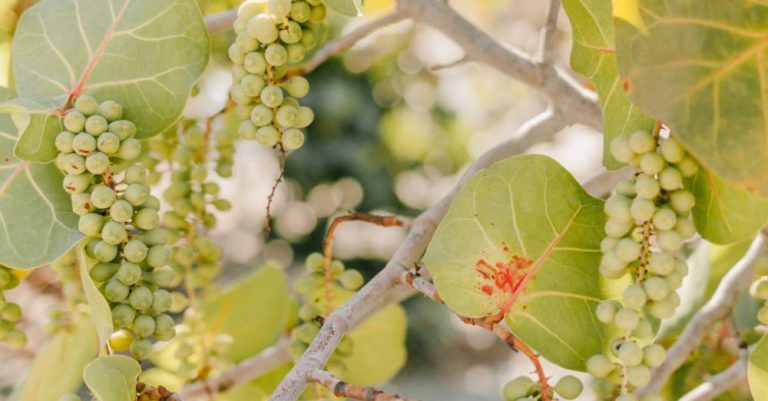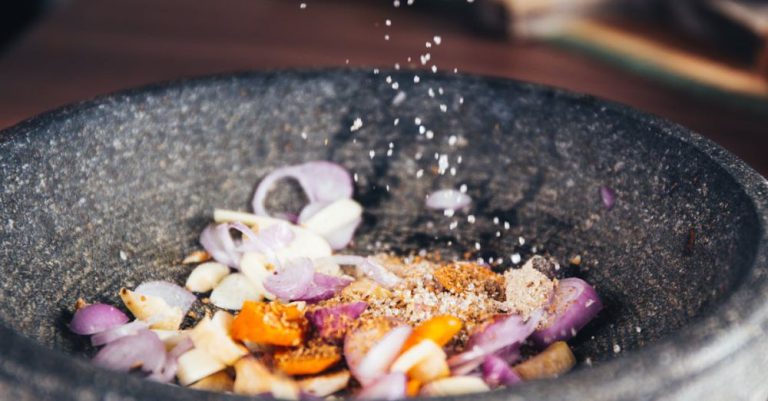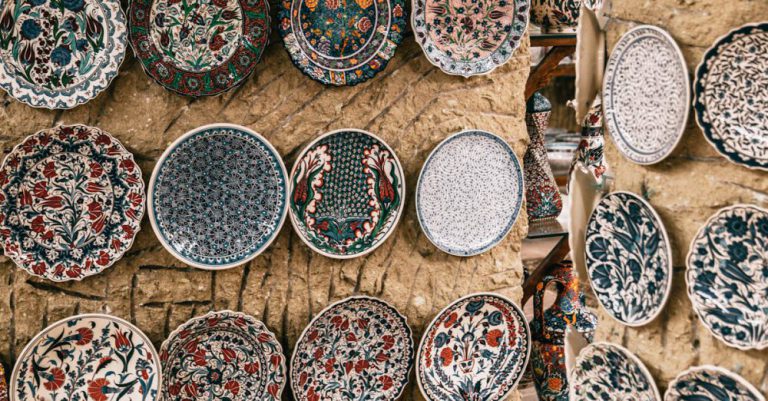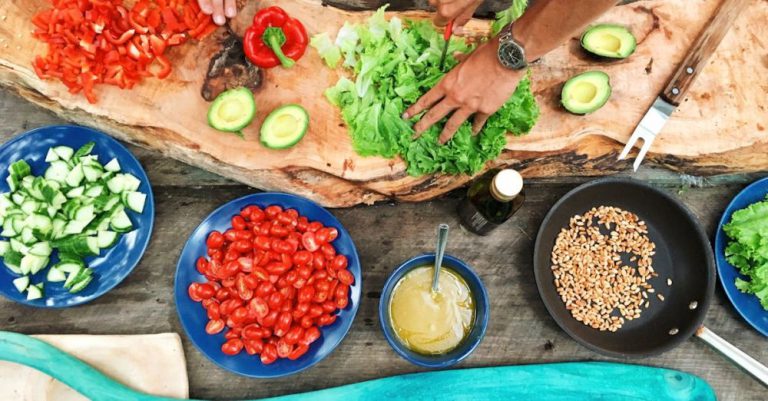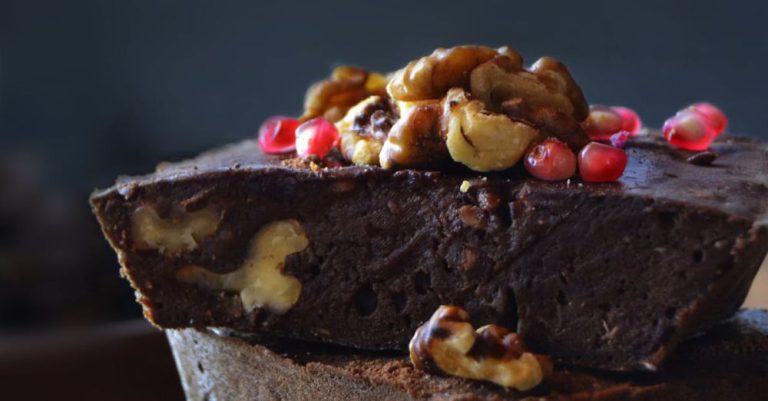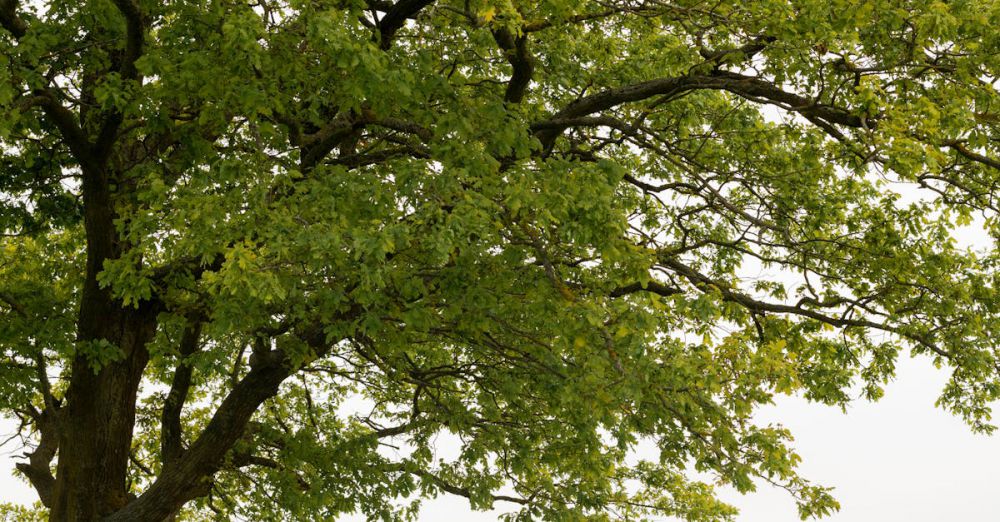
Maori culture is rich with tradition and the concept of manaakitanga, which embodies the essence of hospitality and care for others. One of the best ways to experience this cultural tradition is through a Maori feast, known as a hangi. This traditional method of cooking involves using an earth oven to slow-cook meats and vegetables, resulting in a flavorful and unique meal that is a true reflection of Maori culture. Here’s how you can fully enjoy a Maori feast and immerse yourself in this cultural experience.
Understanding the Hangi Process
The hangi process is at the heart of a Maori feast and involves cooking food in an earth oven. To start, a pit is dug in the ground and lined with hot stones. The food, which typically includes meats such as lamb and chicken, as well as root vegetables like kumara and potatoes, is placed on top of the stones. The pit is then covered with earth and left to cook slowly for several hours, allowing the flavors to meld together and creating a delicious meal that is tender and full of aroma.
Immerse Yourself in Maori Traditions
Before the hangi is unveiled, take the time to immerse yourself in Maori traditions. Participate in a powhiri, a traditional Maori welcome ceremony that involves speeches, songs, and the sharing of food. Be respectful of the customs and practices of the Maori people, and take the opportunity to learn about their culture and history. By engaging with the traditions surrounding the hangi, you can gain a deeper appreciation for the meal and the significance it holds within Maori culture.
Savor the Flavors of the Hangi
When the hangi is finally unveiled, savor the flavors of the slow-cooked meats and vegetables. The meats are tender and juicy, infused with the smoky aroma of the earth oven, while the vegetables are soft and flavorful. Try a bit of everything on offer, and don’t be afraid to ask questions about the dishes and their significance. Maori cuisine is deeply rooted in tradition and history, and each dish has its own story to tell.
Connect with Others
A Maori feast is not just about the food; it is also about coming together with others to share a meal and connect on a deeper level. Take the time to engage with your fellow diners, whether they are locals or fellow travelers, and share stories and experiences. The act of sharing a meal is a universal language that transcends cultural boundaries, and by connecting with others over a Maori feast, you can create lasting memories and forge new friendships.
Experience the Spirit of Manaakitanga
Manaakitanga is a core value in Maori culture that emphasizes the importance of hospitality and care for others. When you participate in a Maori feast, you are not just enjoying a meal; you are experiencing the spirit of manaakitanga in action. Be open to the warmth and generosity of your hosts, and reciprocate their hospitality with gratitude and respect. By embodying the principles of manaakitanga, you can fully appreciate the true essence of a Maori feast and the culture it represents.
Celebrate the Experience
As the hangi comes to an end and the meal draws to a close, take a moment to reflect on the experience and celebrate the connection you have made with the Maori culture. Share your gratitude with your hosts and fellow diners, and express your appreciation for the opportunity to partake in this unique cultural tradition. By celebrating the experience of a Maori feast, you are not just enjoying a meal; you are honoring a legacy of tradition and hospitality that has been passed down through generations.
Incorporate what you have learned into your own life, and carry the spirit of manaakitanga with you wherever you go. By embracing the values of hospitality, care, and respect, you can cultivate deeper connections with others and create a more inclusive and compassionate world. Enjoying a Maori feast is not just about the food; it is about embracing a culture and a way of life that values community, tradition, and the spirit of manaakitanga.
